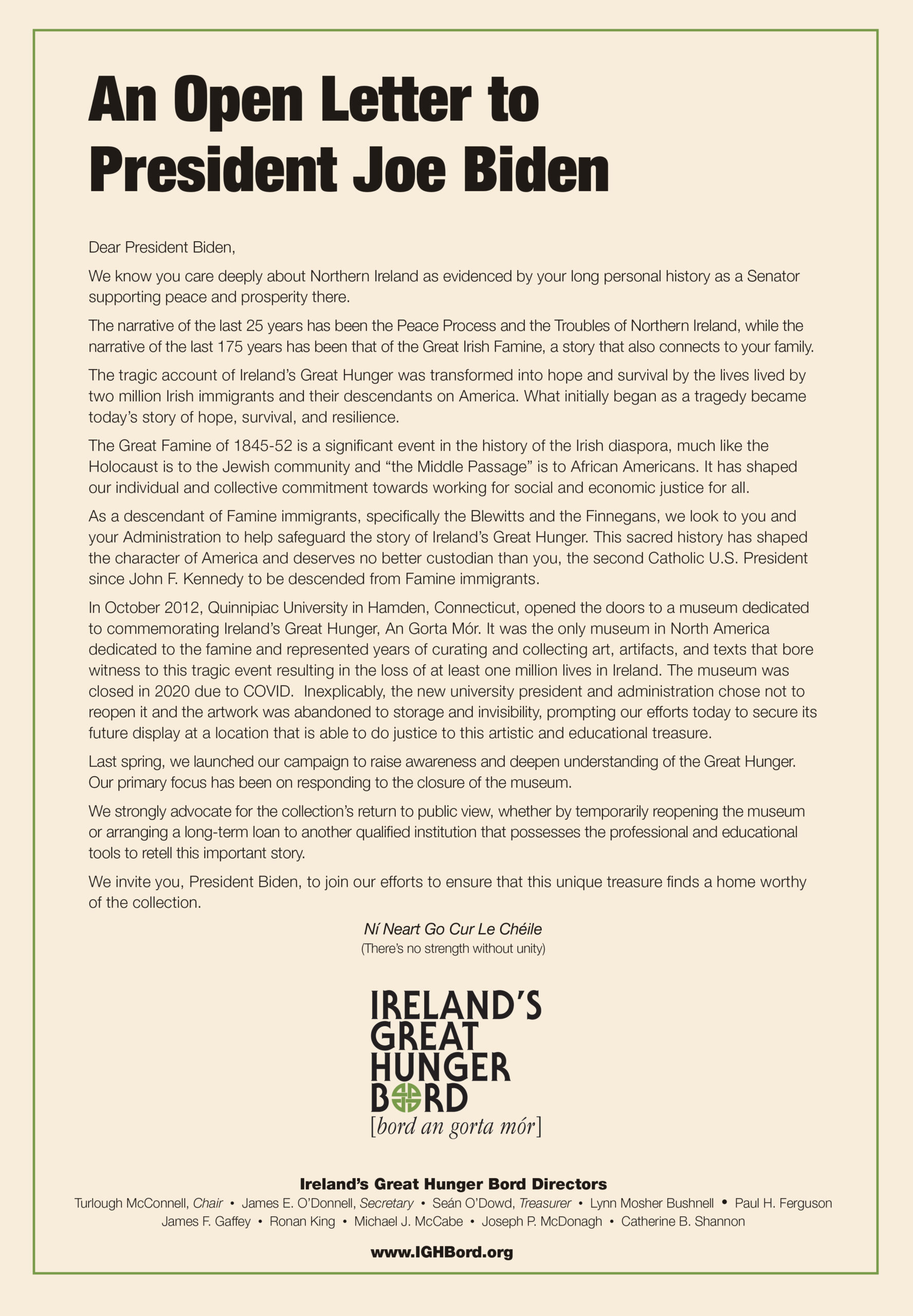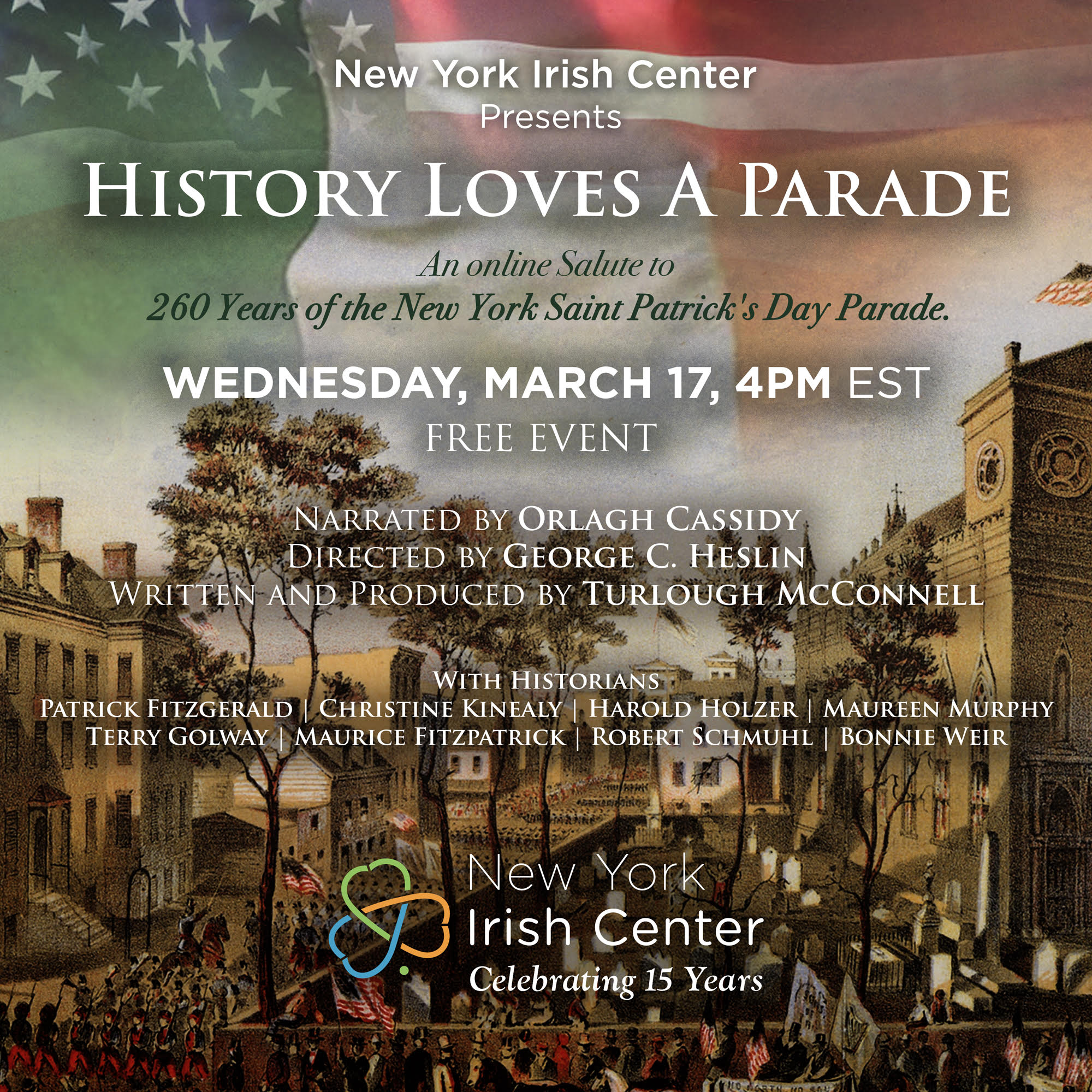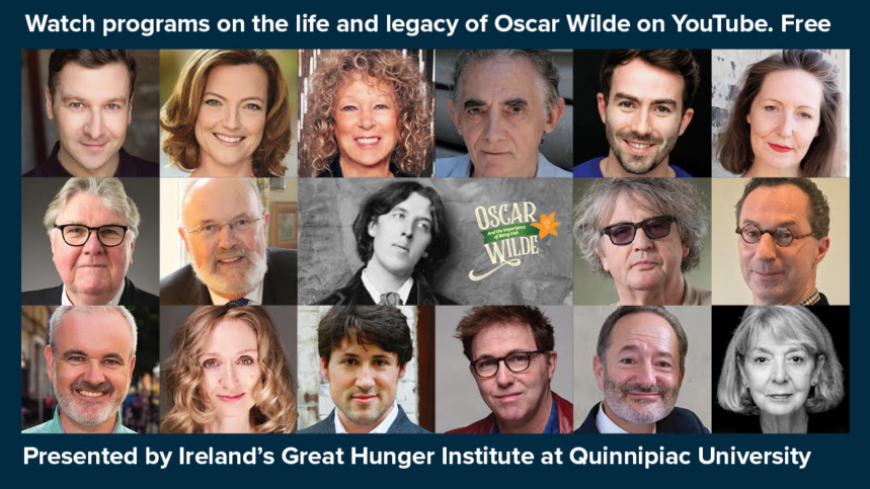Fighting Irish Exhibition Opens in Omagh
September 12, 2012Fighting Irishmen
NYC exhibition comes to the Ulster American Folk Park, featuring McGuigan’s boots, McCullough’s belt and Donnelly’s desiccated arm.
April 21, 2011
The 19th-century civility of the Ulster American Folk Park in Omagh was smashed when two bare-chested boxers in linen britches and black boots raised their fists outside the Mountjoy Post Office on Ulster Street.
A group of ladies clutched their bonnets and fled to the safety of the saddler’s shop, whilst others lifted the hems of their lace dresses and scuttled for cover in Reilly’s spirit grocers. A sizable crowd of bystanders abandoned their manners to cheer along.
Amidst the smack of fist on flesh, men roared support as ‘Bones’ Calogally and ‘Pretty Boy’ Moran fought over the question of a young lady’s virtue. The matter was settled when impromptu referee Mr Barry McGuigan declared Pretty Boy the victor, leaving Bones with his back flat to the stone.
over the question of a young lady’s virtue. The matter was settled when impromptu referee Mr Barry McGuigan declared Pretty Boy the victor, leaving Bones with his back flat to the stone.
As the crowd dispersed and composure returned to the street, witnesses said that the true reason for the show of savagery was the Fighting Irishmen: Celebrating Celtic Prizefighters 1820 to Present exhibition, displayed in the Folk Park’s nearby exhibition space.
‘It’s just a bit of playacting,’ said a tinsmith standing beside Samuel Fulton’s Stone House and the Pennsylvania Log Barn. ‘Nothing to it,’ said a dockworker. ‘Toy fighting it was.’
Assembled in New York by the Irish Arts Centre, the Fighting Irishmen
exhibition has attracted thousands in its three years in Boston and New York City. Brought to Ulster with the assistance of National Museums Northern Ireland, American curator James J Houlihan hopes the exhibition can repeat its success.
‘I really tried to make this all-encompassing,’ he said, speaking at the exhibition’s launch.
‘I wanted something inclusive, something that people could understand and identify with. We’ve tried to tell the story of persistence and survival and success through hard work, which is part of the Ulster story – as well as the great Irish story.’
While the exhibition features remarkable individual artifacts like Dan Donnelly’s mummified right arm, Fighting Irishmen is more than a disconnected selection of boxing memorabilia. The items are placed in the context of Irish boxing, in America and Ireland, and Irish emigration, from 1820 to the present day.
The story of emigration is told through the victories and defeats, the trophies and knockouts, of boxing’s finest and most famed practitioners. Photographs and storyboards follow boxers like John L Sullivan, Jack Dempsey and Gene Tunney, while film footage from famous fights shows boxers like James J Corbett, John Caldwell and Barry McGuigan in their prime.
 McGuigan became one of the most famous names in Irish sporting history when, in a Belfast match, he defeated Valerio Nati with a sixth-round knockout to take the European Featherweight title in 1983.
McGuigan became one of the most famous names in Irish sporting history when, in a Belfast match, he defeated Valerio Nati with a sixth-round knockout to take the European Featherweight title in 1983.
In 1985 McGuigan became one of the world’s most famous faces when he won the WBA World Featherweight title, after a stunning two-punch combination knocked over Panamanian Eusebio Pedroza in the seventh round. Following the victory he was named as BBC Sports Personality of the Year.
‘We’ve had amazing success over the years,’ said McGuigan. ‘The last great heavyweight champion was John L Sullivan. It’s hard to imagine just how famous this guy was. Before television, the Boston Strongman was the most famous man in America bar the President.
‘Shortly after that we had Jack Dempsey, Gene Tunney, and James Bradley. We had a boxer who I think is the greatest Irish fighter of all time, Jimmy McLarnin. He came from Hillsborough in County Down, went to Canada and won the World Lightweight title as well as the World Welterweight title. He beat Barney Ross. He was absolutely phenomenal. He won everything in front of him and lived to the age of ninety-four.
‘The exhibition is a tremendous tribute to these boxers, to the sport, and to the youth coming up through the clubs today. I’m delighted to be a part of it.’
The Fighting Irishmen exhibition has also been awarded the Inspire Mark, an accolade that recognises projects of outstanding cultural import inspired by the London 2012 Games. The Inspire Mark recognises quality projects that are eligible to become part of the 2012 Cultural Olympiad, and officially links the exhibition with the 2012 Olympic Games.
‘The Inspire Mark is something that has never happened before,’ said Francesca Canty, cultural programme advisor with the London Organising Committee for the Olympic Games. ‘The Mark is awarded to excellent projects, like Fighting Irishmen, to show that they are an official part of London 2012.

‘In terms of bringing together a sporting activity and a cultural project, this is the first time it has happened in this way. That’s why London 2012 loves the exhibition – it’s taking something that pushes boundaries, finds new audiences, and really highlights what Northern Ireland can do.’
Canty is blogging about the exhibition’s progress and London 2012’s Cultural Olympiad, saying that the event ‘has just got richer since the addition of fighting Irishmen.’
Since its 2006 opening at the New York Centre for Irish Arts, the exhibition has been the subject of a BBC documentary and was presented as the South Street Seaport Museum’s main attraction in New York in 2006, and features items on loan from Liam Neeson.
In his capacity as Honorary Chairperson of the Irish Arts Centre, Neeson donated items from his pre-acting career as an amateur boxer, like the gloves given to him by Freddie Gilroy.
Kiran Acharya
http://www.
Comments are closed.



